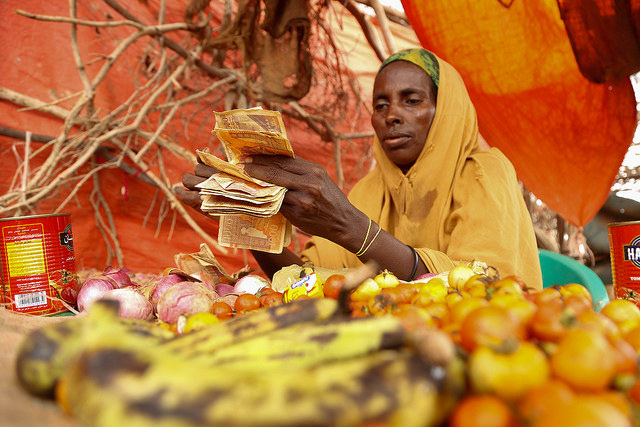Women-led households in Somalia less poor- World Bank


Households headed by women are less poor compared to similar households under the stewardship of men in Somalia, the World Bank has said noting the number of households headed by women has increased by close to ten percentage points since 2013.
The Somali High Frequency Survey released this week by the World Bank notes that the poverty incidence in households headed by women stand at 49% compared to 54% in those headed by men. The number of urban-poor and non-poor women-led households has increased by 8 and 9 percentage points respectively between 2013 and 2016, the report observes.
The survey attributes the poverty levels between men and women led households to remittances. “A plausible explanation for this finding is that, in households headed by women, it is more likely that men have left the household to work elsewhere and send remittances, a trend which increases with income.”
This trend, the survey observes is explained by the fact that recipient households headed by women count fewer adult men among their members (aged 25 to 64) than non-recipient households headed by women. Households led by women have 21% fewer adult men in homes receiving remittances.
Remittances which now stand $2 billion annually and equivalent to 23 to 28% of Somalia’s GDP calculated at $6.2 billion are a major source of many families. The World Bank annual estimates average remittances per household range between $147 and $276.
Remittances fund direct consumption, including education and health, and some investment, mostly in residential construction, and allow Somalia to sustain its high consumption rates and to finance a large trade deficit.
The increase in households headed by a woman could reflect a higher absence of men, potentially explained by migration patterns as a consequence of the ongoing conflict and droughts, the report notes.